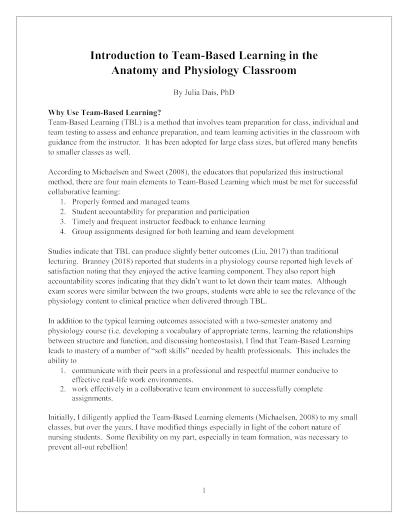An Echo In The Bone By Dennis Scott Pdf
Contents. Ti-Jean and his brothers / Derek Walcott. An echo in the bone / Dennis Scott.

Man better man / Errol Hill.SummaryPlays for Today contains three outstanding plays by three of the Caribbean's greatest playwrights, brought together for the first time in one volume. Ti-Jean and his Brothers is an uplifting St Lucian folk-tale. It tells the story of a poor family who dwell on the edge of a magical forest haunted by the devil's spirits.
An Echo in the Bone is set during a traditional Nine-Night Ceremony held to honour the spirit of the dead. Shattering the sequential time in a series of dreamlike episodes, the play takes us back to the time of plantations and slavery - and the savage murder of the white estate owner.
Who killed Mr Charles? The answers lie deep in the racial memory, they 'echo in the bone'.


An Echo In The Bone By Dennis Scott Pdf Online
And Man Better Man is set in the giddy atmosphere of carnival. It is a rumbustuous, colourful comedy musical about stickfighters.
An Echo In The Bone By Dennis Scott Pdf Download
With dance and song the battling troubadours and the calypsonian weave a tale of bravery, superstition and fraudulence. (source: Nielsen Book Data) Included Work 1985.
Stage conventions are “the grammar of the theatre. They are the rules that govern a play's composition. There are conventions of language and movement; conventional character types, conventions of theme; conventions of form; conventions of staging, design, and costumes even conventions regarding the relationship of the audience to the stage.” W. Corrigan (1992). The CAPE Literature syllabus highlights “costume, lighting, sound effects, movement, (stage motion, entrance, exit), stage position (centre-stage, up stage, down stage) backdrops and props” as examples of stage conventions. Through the application of this definition in the dramas “An Echo in the Bone” and “The Winter’s Tale”, the readers can assume, prima facie, that stage conventions do indeed play a fundamental role in the dramatic appeal in the play. However, where such conventions are depended upon primarily to the extent in which the content or subject matter ‘hardly matters’ could not ever be the case.
Examining this statement through the texts will be essential in drawing illustrations as to the importance of content over convention. Accordingly, throughout “The Winter’s Tale”, as described in several reviews of both the play and the motion picture and as witnessed by reading the book, song and orchestral themes as sound effects has been instrumental in the appeal of the drama. In the book itself, the reader becomes indulged by Autylocus’ songs such as “When Daffodils begin to peer” and “Lawn as White as Driven Snow” (IV.iii.79 and 103). The songs establish a connection with the audience/ readers which would ultimately have the effect of lightening the mood and setting a responsive atmosphere. However, plot has been more substantial than mere stage conventions.
In “The Winter’s Tale” characters portray a heart-wrenching story of a jealous man accusing his wife of cuckoldry resulting in the death of several characters, only to find out that she was innocent. Then providing a happy ending, in which, Leontes’ wife is revived, his daughter is found, his friends return and everyone is off to be wed. Whilst, in “An Echo In the Bone” the plot takes us through history to the murder and death of Mr. Charles and the eventual suicide of Crew during a wake ceremony.
The plot engages the reader on an emotional journey in which they meet new characters and face new trials and tribulations, a journey in which stage conventions could not possibly lead. Therefore, although convention does have some degree of importance, it is by far outweighed by the plot. Think of it this way, in the Shakespearean Era, a time when theatre was huge, there was hardly any stage conventions other than the miniscule costumes and props. The playwright relied on the plot rather than the performance to convey an emotional impact of the character and appraisal from the audience. This ideal has continued to modern day, as even now audiences and readers look for climax, conflict, foreshadowing, diction and other elements to spark their interest.